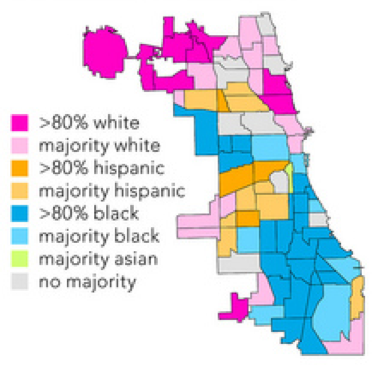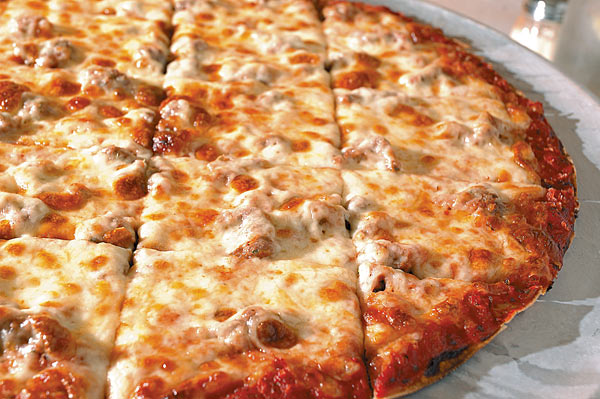
It appears that a murder convict escaped a prison in Illinois by choking the security guard on duty to death, dressing up in his clothes and escaping with his SUV. Sounds a bit too close to Prison Break starring Wentworth Miller. There was a possible breech of security from the inmate's aunt who used to work as a corrections officer as well as an error during lock down that allowed the prison break to take place. Some are also blaming the escape and concurring murder on staff cuts made state wide due to budget cuts. Whatever the case, there were a lot of things that took place at just the right time that allowed twenty-three year old Kamron Taylor to bust out. Thankfully, the police were intuitive enough to follow a lead in Chicago's South Side and picked him up after only three days. He did not escape to Panama, but is instead awaiting gun charges as they caught him with a loaded weapon.
_from_east'.jpg)







